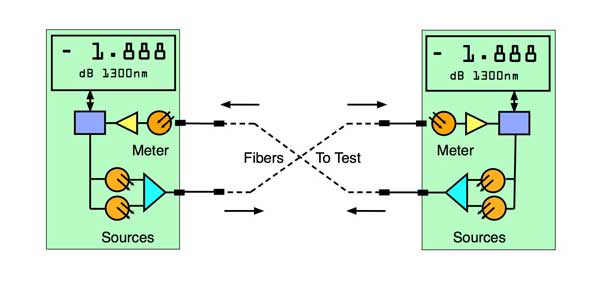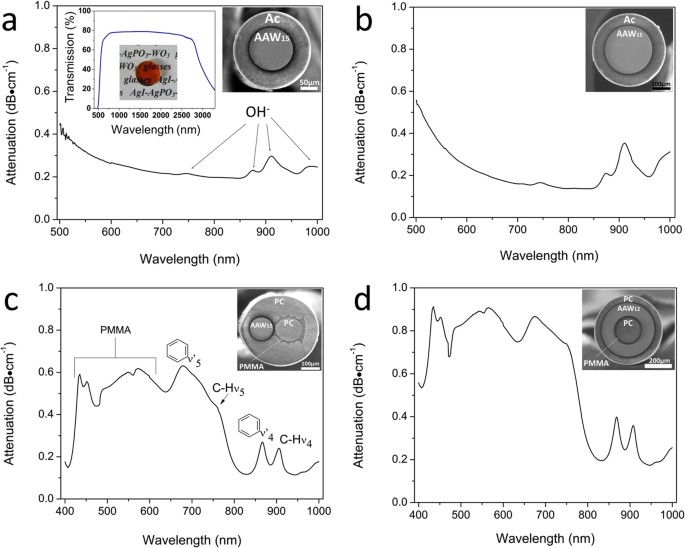Unlock Accuracy: The Ultimate Overview to Optical Fiber Diameter Analyser Devices
Accurate measurement of optical fiber diameter is important for enhancing the performance and dependability of fibre optic systems. As we take a look at these tools, it ends up being apparent that the future of optical fibre evaluation is advancing swiftly, raising concerns regarding how these innovations will impact the sector.
Significance of Optical Fibre Measurement
Properly determining optical fiber diameter is critical in ensuring optimum performance and reliability in communication systems. The diameter of optical fibers straight impacts their light transmission capacities, influencing bandwidth, depletion, and total signal integrity. An accurate dimension is necessary to preserve the preferred specs for different applications, including telecoms, information transmission, and noticing modern technologies.
Inconsistent or inaccurate fibre diameters can lead to boosted losses and minimized efficiency, ultimately endangering the performance of the entire interaction network. In addition, variants in size can create problems in splicing and linking fibres, causing greater operational prices and possible system failings. As a result, implementing extensive dimension methods is crucial.

Kinds Of Diameter Analyser Tools
To accomplish trustworthy optical fiber dimensions, various diameter analyser devices are used, each designed to deal with certain measurement needs and applications (optical fibre diameter analyser). These devices can be broadly classified right into three primary kinds: handbook, semi-automated, and totally automated analyzers
Hand-operated diameter analyzers are normally used in smaller sized operations or research laboratories where precision is required but production quantity is low. They offer drivers direct control over the measurement process, permitting careful adjustments and verifications.
Semi-automated diameter analyzers boost effectiveness by combining hand-operated input with automated features. These tools commonly consist of easy to use interfaces that enhance the measurement procedure while still enabling driver oversight.
Completely automated diameter analyzers stand for the peak of dimension technology. These advanced systems incorporate innovative sensing units and software application to offer real-time dimensions with marginal customer treatment. They are perfect for high-volume manufacturing environments, ensuring consistent accuracy and quick data collection.
Each kind of diameter analyser offers unique operational requirements, making it essential for customers to meticulously review their details requirements when selecting the proper tool for optical fiber dimension.
Key Features to Consider
When picking an optical fibre diameter analyser, several vital functions call for mindful factor to consider to make sure optimal performance and integrity. Initially, measurement precision is critical; look for devices that supply high-resolution readings, ideally in micrometers, to guarantee precision in size assessment. Additionally, the rate of dimension is vital, especially in manufacturing atmospheres where effectiveness is necessary.
Another important feature is the calibration process, as a reliable analyser needs to offer simple calibration treatments to maintain dimension honesty with time. The array of diameters the tool can gauge is also significant; ensure that it accommodates the certain fibre kinds pertinent to your applications.
Mobility may useful link be a factor to consider, specifically for fieldwork; small and light-weight designs improve functionality in numerous settings. Easy to use interfaces and software application compatibility can assist in smoother procedure and information evaluation.
Finally, think about the support and warranty provided by the manufacturer; trusted client service and extensive guarantee alternatives can secure your investment and ensure long-term complete satisfaction. By concentrating on these functions, you can choose an optical fiber diameter analyser that satisfies your particular needs and enhances your functional capabilities.
Best Practices for Use
Effective use of optical fibre size analysers pivots on a comprehensive understanding of you can try this out finest methods that enhance dimension dependability and precision. First, make certain that the analyser is calibrated correctly before each use. Calibration against recognized standards reduces prospective mistakes and develops a standard for subsequent measurements.
Second, keep a clean environment. Dust, moisture, or pollutants on the analyser or the fiber's lenses can alter outcomes. On a regular basis check and clean up both the fibre and the equipment to preserve ideal performance.

Furthermore, carry out measurements at consistent temperature levels and moisture levels, as environmental aspects can impact outcomes. Document each dimension carefully, keeping in mind conditions and any kind of anomalies run into during the procedure.
Future Trends in Optical Fiber Evaluation
As the need for high-performance optical fibres remains to rise, improvements in evaluation methods are readied to transform the over here market (optical fibre diameter analyser). Future patterns in optical fibre evaluation will likely be driven by boosted automation and the combination of fabricated knowledge (AI) and device discovering (ML) technologies. These advancements promise to improve data precision, reduce evaluation time, and allow real-time monitoring of fibre quality
Furthermore, the growth of portable and easy to use evaluation tools will certainly help with on-site evaluations, permitting greater flexibility and effectiveness in manufacturing atmospheres. Enhanced imaging technologies, such as high-resolution imaging and spooky analysis, are anticipated to supply much deeper insights into fibre characteristics, making it possible for suppliers to enhance their procedures additionally.
Furthermore, as sectors increasingly accept sustainability, there will be a press for environment-friendly materials and approaches in optical fiber manufacturing. This shift will certainly require new analytical methods to evaluate the performance and durability of these products under varying conditions.
Verdict
Accurate dimension of optical fibre size is vital for optimizing performance and guaranteeing dependability in interaction systems. Continued advancement will certainly even more improve the precision and efficiency of optical fibre analysis.
Accurate dimension of optical fibre size is crucial for enhancing the efficiency and dependability of fibre optic systems. In a progressively linked globe, where high-speed information transmission is critical, the duty of specific optical fibre size dimension can not be overemphasized, as it offers as the structure for robust interaction infrastructure.When choosing an optical fiber size analyser, numerous key functions require mindful consideration to make certain optimum performance and dependability.Reliable usage of optical fiber diameter analysers pivots on a complete understanding of finest techniques that boost dimension reliability and accuracy.Precise measurement of optical fiber size is essential for optimizing performance and ensuring dependability in communication systems.